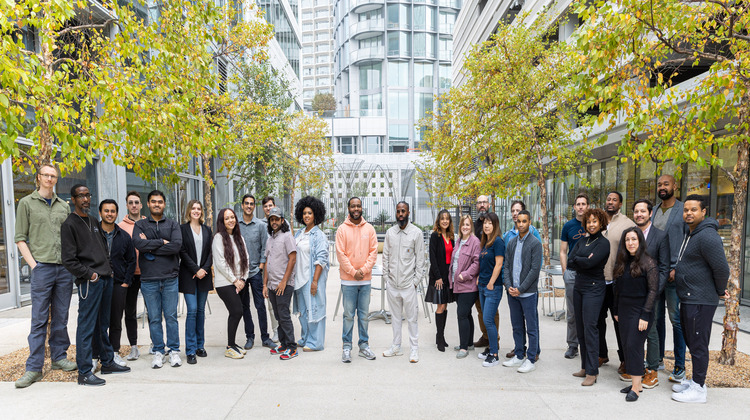Online Lenders
How Black-owned SoLo scaled to 1 million registered users
- SoLo Funds has become the first Black-owned financial services company to cross the 1 million customer account mark last month.
- The fintech facilitates P2P loans for consumers living on the margins of financial services. Acquiring more than 1 million users hasn’t come easy for SoLo, though.








